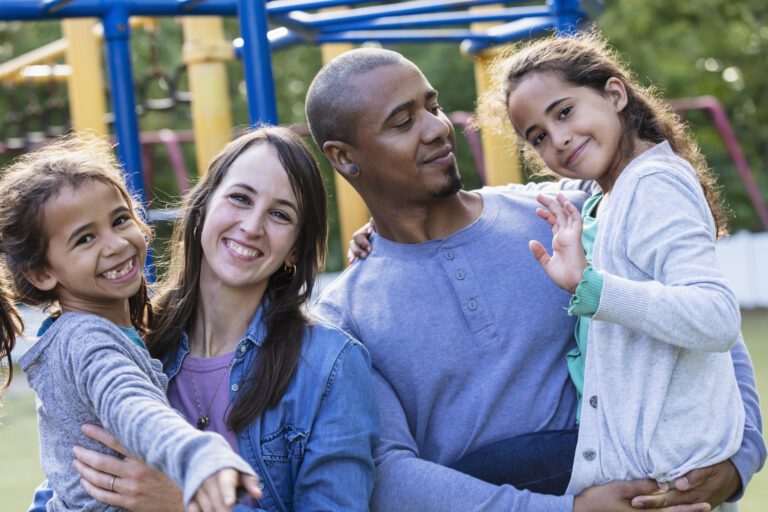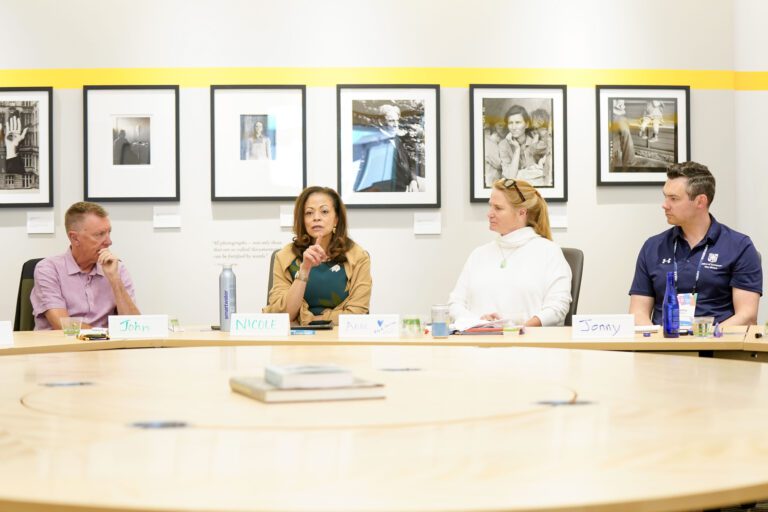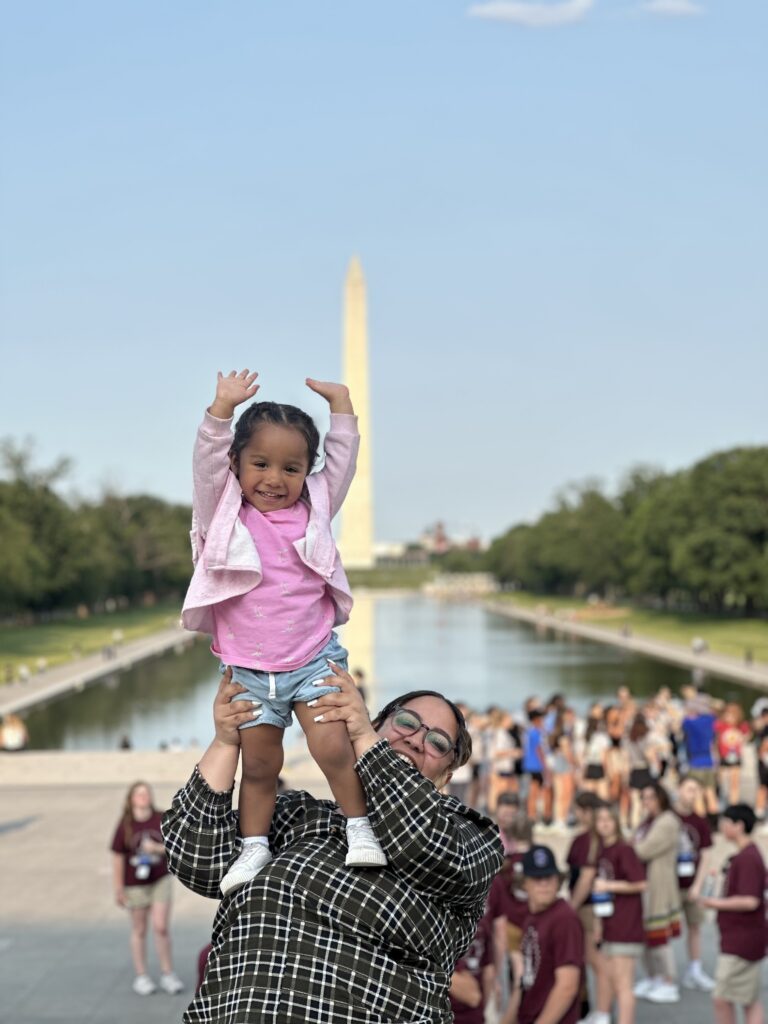Expanding the Potential of 2Gen Programs – 3 Ideas for Funders

The March 2016, Making Tomorrow Better Together, report by Ascend at the Aspen Institute was brutally honest on the value of what they called “Two-Generation 1.0 programs” — programs that at their heart were wonderfully intentioned to provide valuable services to both parents and children, but which produced only modest participant outcomes at a relatively high cost.
Newly kindled interest in two-generation programming is driven by a number of factors, including predictive research on the benefits of two-generation approaches, (see, for example, Kaushal’s “Intergenerational Payoffs of Education,” which substantiates our Foundation’s long-term efforts), and, I believe, a growing awareness that the emotional well-being of children is impacted most by family.
Recently, Anne Mosle, executive director of Ascend at the Aspen Institute, hosted a gathering of potential funders called the Aspen FunderXChange. This thoughtful dialogue induced me to outline some of the strategies the Barbara Bush Foundation for Family Literacy has learned in creating successful and—what I would argue is the toughest part—sustainable 2Gen programming.
Here are my top three ideas for funders seeking to bring a 2Gen lens to their work:
1. Fund mission. Funding local programs that are not already dedicated to the entire family will result in short-term programs that operate only as long as the grant requires deliverables. This lesson was learned the hard way: we funded our share of early literacy programs or adult literacy programs that “added on” services without the family as mission central. Ideas: if you are funding a nonprofit that is not currently 2Gen focused, request a named advisory board to oversee this work, and perhaps consider a page from entrepreneurs—offer a member of your staff or a trusted colleague to join the board during the start-up phase. Venture capitalist Bill Draper did this for his business investments, and now does the same as he helps nonprofit start-ups, like Room to Read or VisionSpring.
2. Pay for the “stitching.” From a budget perspective, it’s often enticing to help the local partner add that one component that they don’t have — say, in our case, an adult literacy teacher. We’ve learned that funding a component without a long-term revenue plan is disastrous. Our analysis showed that for every one grant we provided to add a component, the nonprofit usually had to find three grants.
One model we use is to fund the actual start-up of a family literacy nonprofit. We’re very proud of the Ardmore Barbara Bush Literacy Corps, which for three years has operated as a nonprofit Limited Liability Company (LLC) of ours. This July 1, our Oklahoma-based nonprofit will get its wings and fly off. It’s led by a strong executive director and a great board of directors, and most importantly, its mission is squarely focused on family literacy. This is the third nonprofit we’ll have birthed in three years. Talk about putting “family” in literacy!
3. Pay for performance. Over the years, we’ve really figured out the secret sauce to get results in literacy. During the past school year, parents in our programs increased their literacy levels by two grade levels in one year’s time, and 90% of the children were ready to start kindergarten on par with their peers. However, we find roughly 20-25% of grantees cannot meet our benchmarks, and we’ve learned what the key critical benchmarks are that need to be met from the very start of the year: in our case, we know the exact number of hours parents and their children need to attend classes to see significant literacy gains. If programs can’t meet attendance requirements, we’d prefer to shut down immediately. With 1 in 10 low-literate adults living in the U.S. without the skills they need to improve their lives and realize their dreams, we’ve got to invest our spare resources wisely!
My daughter, pictured above, turned 14 this week. She’s now 5’10 and finishing her freshman year in high school. Snapshots in time like this are good reminders that 2Gen not only is now supported by great data, but it’s an important part of improving the social emotional health of a family.
Liza McFadden is the President of the Barbara Bush Foundation for Family Literacy. She can be reached at: lisa[period]mcfadden[at]barbarabush[period]org
Related Posts



